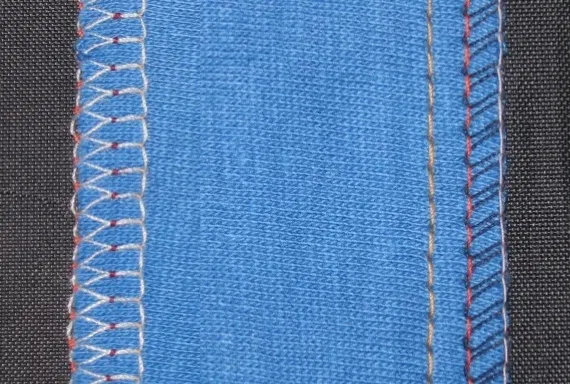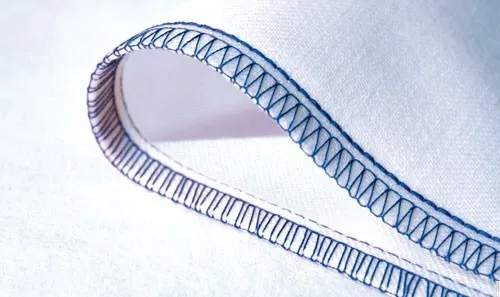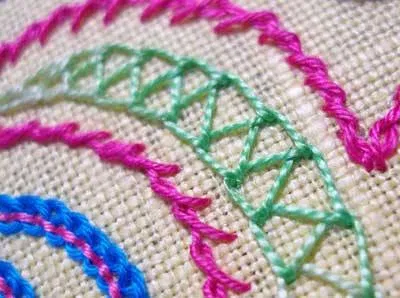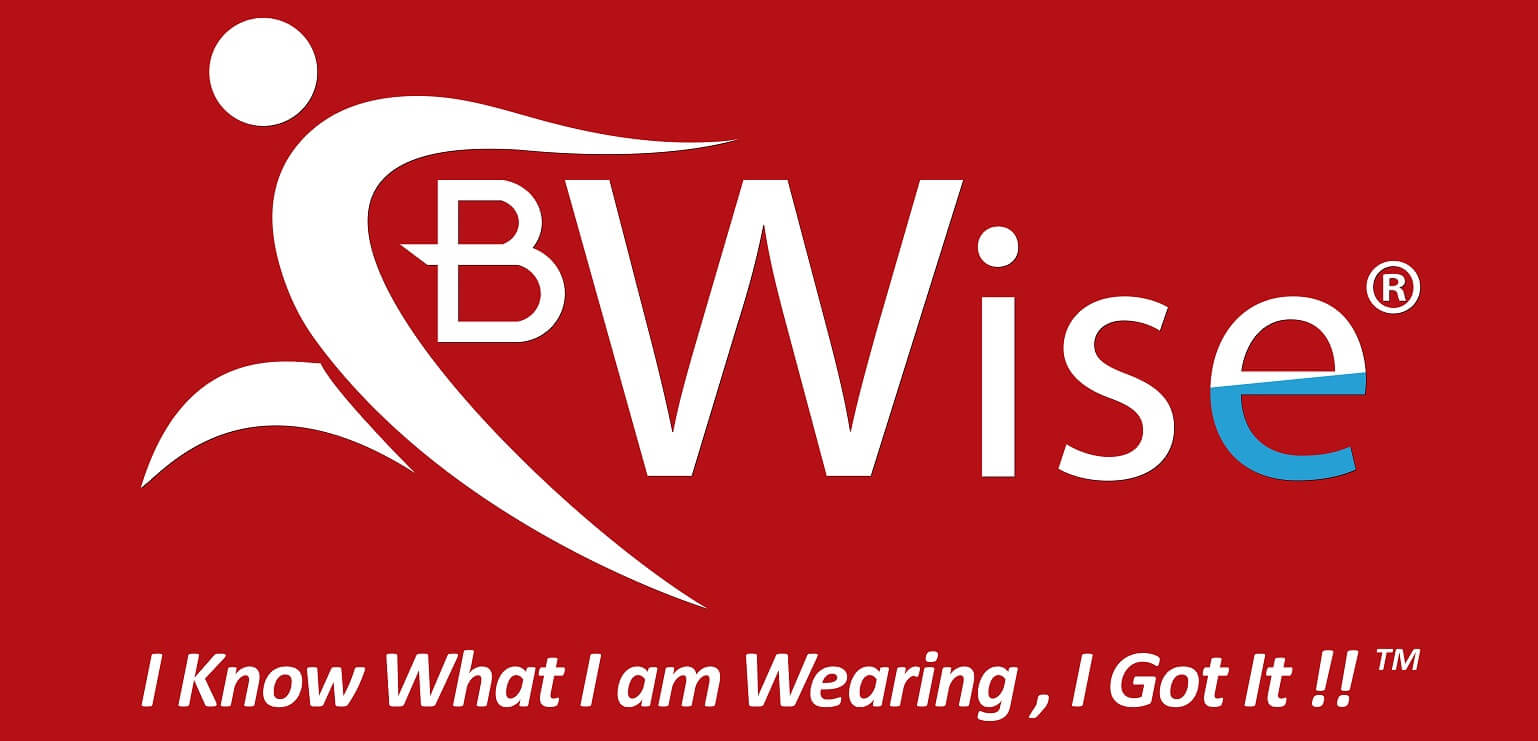Type of Stitches
Stitch is conformation resulting from one or more strands or loops of thread by intra-looping, inter-looping, and interlacing.
Class-100 (Chain Stitch):
Class-100 is named chain stitch, which is produced by one or more needle threads and is characterized by interloping. In a chain stitch, one needle thread is passed through the fabric, form a needle loop, and is secured by the next loop formed by the same thread. It should be noted that the chain stitch is elastic and thicker than the lock stitch and can easily be raveled, where particular care is required to prevent run back from the last stitch.
Class-100 (Chain Stitch) has three types- 101, 103, and 104. These types of stitches are used in hemming, belt loops, padding operations, and felling

Class-200 (Hand Stitch):
Class-200 is named as hand stitch which is produced from a single thread. This single thread is passed through the fabric from one side to another and the stitch is secured by the single line of thread passing in and out of the garment.
Class-200 (Hand Stitch) has four types- running basting, backstitch, diagonal basting, and buttonhole stitch. These types of stitches are used for stitching costly dresses, jackets, and sample dresses.

Class-300 (Lock Stitch):
Class-300 is named as lock stitch which is produced with two or more groups of threads and two threads are joined by interlacing. Here, loops of one group are passed through the fabric and are secured by the thread of the second group, where one group is referred to as needle thread and the other as bobbin thread. Class-300 (Lock Stitch) has enough strength and the same appearance on both sides.
Class-300 (Lock Stitch) has four types- 301. 304, 308, and 309. These types of stitch are used for stitching underwear, most types, and apparel, and decorative purposes.

Class-400 (Multi Thread Stitch):
Class-400 is named as multi-thread stitch which is formed with two or more groups of threads. Here, loops of one group of thread are passed through the fabric and are secured by interlacing and interloping with loops of another group. Among the two groups, one group is called needle thread, and another group is called looper thread.
Class-400 (Multi Thread Stitch) has an appearance of a lock stitch on the top but has a double chain effect formed by a looper thread on the under-side.
Class-400 (Multi Thread Stitch) has three types- 401, 404, and 406. These types of stitches are used for setting elastic in waistbands and decorative stitching on belts.

Class-500 (Over Edge Stitch):
Class-500 is named as an overedge stitch which is formed with one or more groups of threads. In Class-500 (Over Edge Stitch), one group of threads passes around the edge of the fabric so that no thread from the fabric can come out. The most used stitch of this type have one or two needle threads and one or two looper threads and thus forms a narrow band of stitching along the edge of the fabric.
Class-500 (Over Edge Stitch) has three types- 503, 504, and 512. This type of stitch is used for edge neatening of knitted fabrics, where extensibility of stitches is important, also used for sportswear and dancewear garments.

Class-600 (Covering Chain Stitch):
Class-600 is named as covering chain stitch which is produced with three groups of threads. Here, threads of two groups can be seen from either side. In class-600 (Covering Chain Stitch), the first group of the thread is called needle thread, the second group is called a top cover thread, and the third group is called a bottom cover thread.
Class-600 (Covering Chain Stitch) is very complex and up to 9 threads can be used in producing these types of stitch.
Class-600 (Covering Chain Stitch) has three types- 602, 605, and 607. These types of stitches are used for knits, lingerie, binding elastics, decoration, etc.

